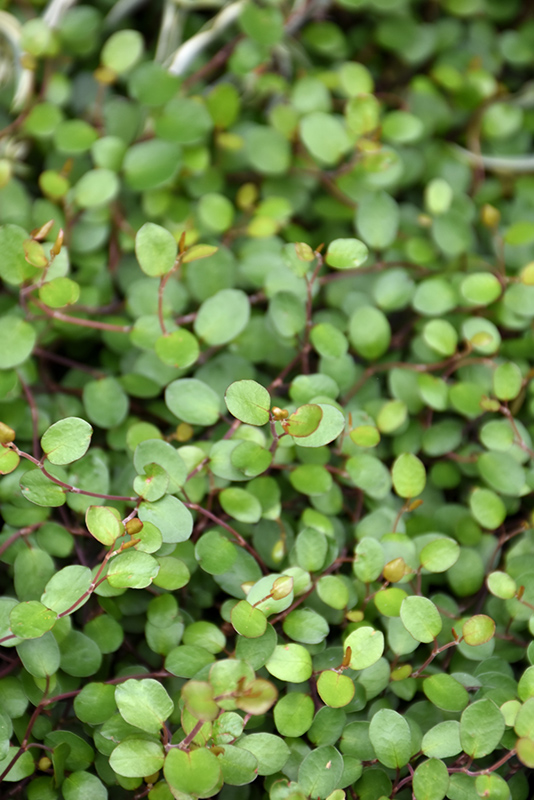Creeping Wire Vine
Description
An unusual creeper with a dense fine texture, producing a spreading mat of wiry stems clothed in tiny rounded leaves that are glossy green; flowers are not showy; great in the rock garden or as a small groundcover
Landscape Attributes
Creeping Wire Vine is a dense multi-stemmed evergreen woody vine with a twining and trailing habit of growth. It lends an extremely fine and delicate texture to the landscape composition which should be used to full effect.
Creeping Wire Vine is recommended for the following landscape applications;
Planting & Growing
Creeping Wire Vine will grow to be only 3 inches tall at maturity, with a spread of 3 feet. As a climbing vine, it tends to be leggy near the base and should be underplanted with low-growing facer plants. It should be planted near a fence, trellis or other landscape structure where it can be trained to grow upwards on it, or allowed to trail off a retaining wall or slope. It grows at a fast rate, and under ideal conditions can be expected to live for approximately 10 years.
This woody vine does best in full sun to partial shade. It does best in average to evenly moist conditions, but will not tolerate standing water. It is not particular as to soil type or pH, and is able to handle environmental salt. It is somewhat tolerant of urban pollution. This species is not originally from North America.
Creeping Wire Vine makes a fine choice for the outdoor landscape, but it is also well-suited for use in outdoor pots and containers. Because of its spreading habit of growth, it is ideally suited for use as a 'spiller' in the 'spiller-thriller-filler' container combination; plant it near the edges where it can spill gracefully over the pot. Note that when grown in a container, it may not perform exactly as indicated on the tag - this is to be expected. Also note that when growing plants in outdoor containers and baskets, they may require more frequent waterings than they would in the yard or garden. Be aware that in our climate, this plant may be too tender to survive the winter if left outdoors in a container. Contact our experts for more information on how to protect it over the winter months.

